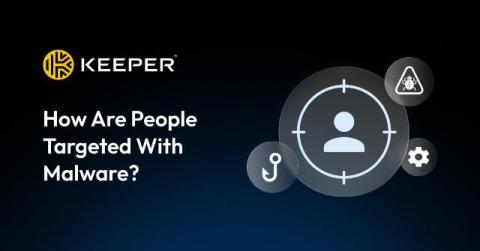Amazon S3 Data Protection: The Myths and the Facts
So, you’re all set up with Amazon Simple Storage Service (Amazon S3), because you’re looking for best-in-class solutions for your company’s structured and unstructured data. Smart. But there’s more to do. Here are some myths about your Amazon S3 data, the real story behind them. Phew! We’re glad you agree that your Amazon S3 data needs strong protection. Wise decision. Here’s where we can help with a faster, cheaper, better solution.









